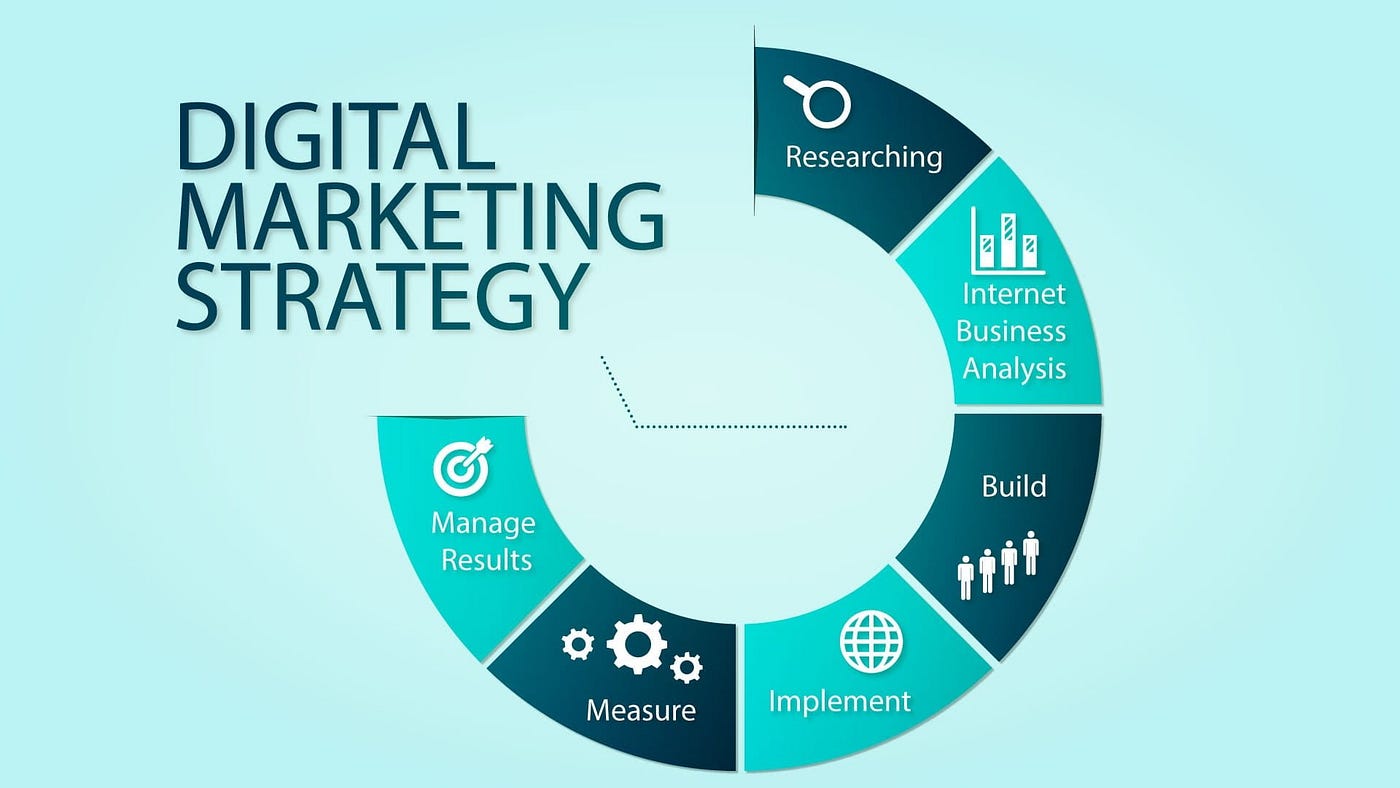Checking out the Effect of Digital Marketing on Consumer Behavior
Checking out the Effect of Digital Marketing on Consumer Behavior
Blog Article
Studying Data to Optimize Your Digital Advertising Efficiency
In an era where electronic impacts are important, examining information is vital to enhancing your digital advertising efficiency. Through metrics such as Click-Through Fees and Conversion Fees, online marketers can derive actionable understandings that drive purposeful involvement. Devices like Google Analytics and heatmaps supply a granular sight of target market habits, enabling a targeted approach to content production. This data-driven approach not only straightens advertising and marketing efforts with customer preferences but also takes full advantage of Roi. Recognizing just how to constantly adjust and keep an eye on to these insights is crucial for keeping agility in a swiftly progressing digital landscape. Curious concerning taking your marketing to the next degree?
Identifying Key Metrics

Noticeable amongst these metrics are Click-Through Price (CTR), Conversion Price (CR), and Return on Investment (ROI) CTR suggests the percentage of individuals that click an advertisement or web link, offering understanding right into the effectiveness of innovative possessions and targeting techniques. CR procedures the percentage of site visitors that finish a preferred activity, such as loading or making an acquisition out a kind, hence showing the efficiency of the sales channel. ROI, on the various other hand, analyzes the success about the prices sustained, using an extensive sight of the financial influence of marketing activities.
Additionally, various other important metrics like Client Procurement Price (CAC) and Life Time Value (LTV) use much deeper insights into the cost-effectiveness and long-lasting worth produced from advertising campaigns. By diligently tracking these KPIs, organizations can make data-driven choices to fine-tune and boost their digital advertising and marketing approaches.
Comprehending Customer Behavior
Building on the structure of essential metrics, a thorough understanding of client behavior gives a nuanced viewpoint that drives much more efficient electronic advertising strategies. By examining exactly how clients engage with your online systems, you can discover patterns and choices that educate targeted advertising initiatives. This involves looking at different touchpoints such as website navigating, content intake, and social media sites engagement.
Understanding client behavior begins with segmenting your audience based on market, psychographic, and behavior information. This division permits individualized marketing, satisfying certain demands and choices of distinct teams. For circumstances, identifying one-time purchasers versus regular buyers can aid tailor advertising offers and interaction strategies appropriately.
In addition, mapping the consumer journey is important. This involves tracking the actions a client takes from preliminary understanding to last purchase, and even post-purchase involvement. By doing so, you can determine prospective drop-off points and maximize these locations to boost client retention and conversion prices.
Additionally, assessing feedback and examines deals direct insights into client satisfaction and locations for improvement. Comprehending the inspirations, discomfort factors, and expectations of your audience makes it possible for the crafting of more effective and resonant advertising and marketing messages, ultimately driving higher interaction and commitment.
Leveraging Analytical Devices
Utilizing the power of logical devices is essential for enhancing electronic advertising efficiency. These devices offer granular insights right into different facets of marketing projects, from target market involvement to conversion prices. By leveraging systems such as Google Analytics, HubSpot, and Adobe Analytics, marketing experts can track crucial efficiency signs (KPIs) and acquire actionable information. This data-driven approach enables organizations to make educated choices, fine-tune techniques, and allot sources extra effectively. find here
The utility of analytical devices expands past plain data collection. Heatmaps can expose customer interaction with web site aspects, while A/B testing tools can establish the performance of different material variations.
Integrating analytical devices with other digital advertising and marketing platforms, such as social media sites and e-mail advertising software application, develops a natural community for thorough performance tracking. This holistic view makes sure that all aspects of an electronic marketing approach are straightened and maximized. In a progressively competitive digital landscape, the ability to utilize analytical tools properly can be the determining aspect between success and torpidity.
Enhancing Content Approach

One key facet of improving material strategy is recognizing audience preferences and behavior. Analytics can expose demographic info, top engagement times, and preferred web content styles, such as infographics, videos, or blog sites. This expertise enables marketing professionals to tailor their material to fulfill the details needs and rate of interests of their target market, therefore boosting the likelihood of interaction and conversion.
Furthermore, constant monitoring and analysis of content efficiency provide understandings into what is working and what requires change. A/B testing various headings or calls-to-action can yield useful information on elements that drive the most involvement. Furthermore, tracking content performance across different networks helps in optimizing distribution methods, guaranteeing that the right material gets to the appropriate target market through one of the most reliable systems.
Essentially, data-driven content strategy improvement is an intermittent procedure of evaluation, blog improvement, and execution, tailored in the direction of supplying optimal worth to both the organization and the target market.
Determining Campaign Success
Gauging project success is important for recognizing the performance of digital marketing campaigns and making informed decisions for future efforts. Secret performance signs (KPIs) are vital metrics that provide insights right into project performance.
To effectively determine project success, it is vital to set clear, measurable goals from the beginning. These goals need to be straightened with broader business objectives and offer a criteria for assessing efficiency. Using devices like Google Analytics, social media analytics, and CRM systems can promote the monitoring of these KPIs and offer real-time information understandings.
Analyzing this information helps determine which parts of the campaign are working well and which call for adjustments. For instance, a reduced CTR could indicate that ad duplicate requires improvement, while a high CAC can suggest a demand for targeting optimization. Constant surveillance and evaluation ensure that marketing efforts are receptive and nimble, inevitably resulting in much more efficient and effective projects.
Conclusion
In final thought, the optimization of digital advertising and marketing performance with information evaluation is critical. Identifying crucial metrics such as Click-Through Fees (CTR) and Conversion Fees (CR) enables a deeper understanding of customer behavior. Leveraging logical devices, consisting of Google Analytics and heatmaps, boosts material strategies and project performance. Constant tracking and data-driven modifications ensure that marketing initiatives align with evolving trends, ultimately driving higher Roi (ROI) and accomplishing critical purposes.

Report this page